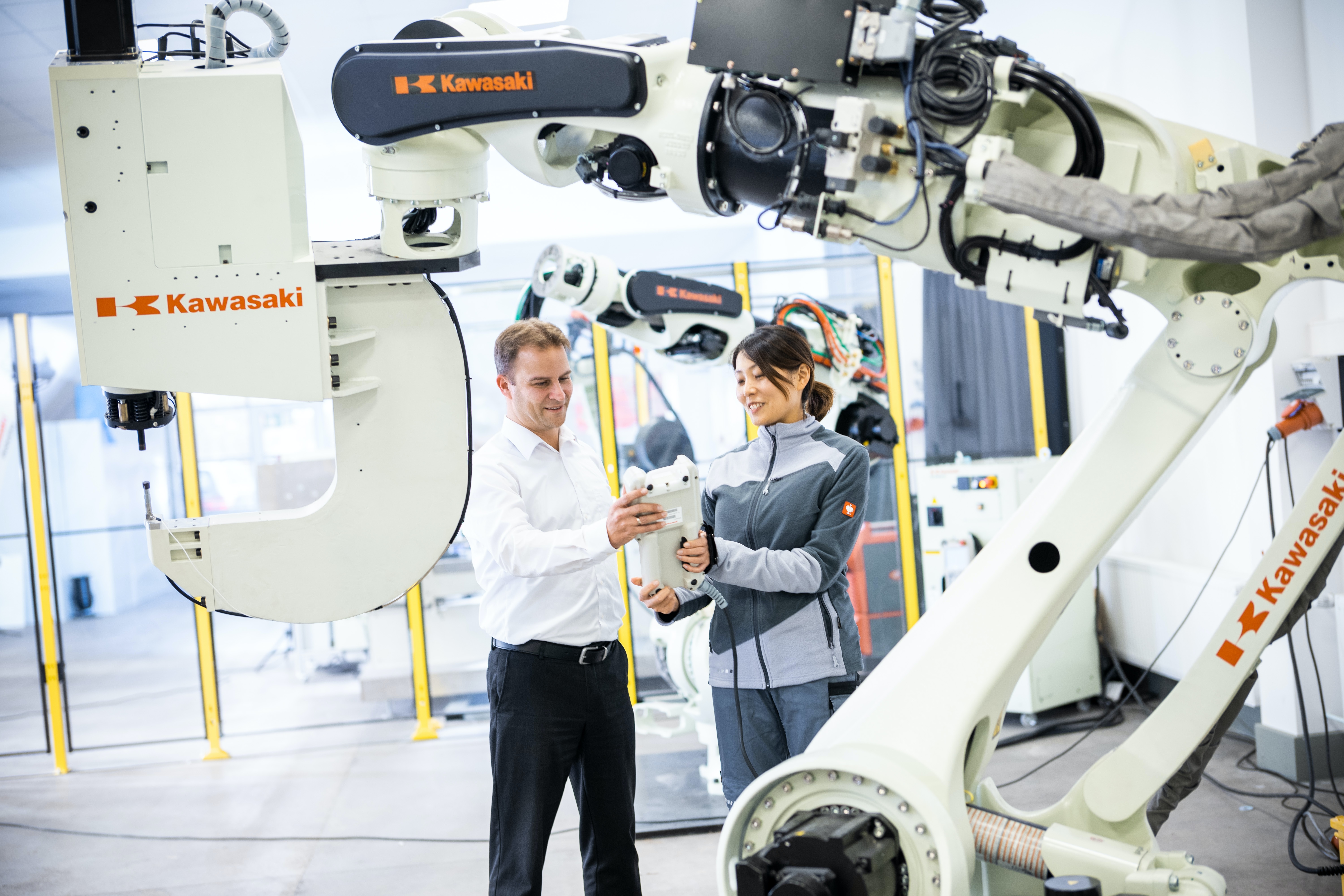In today's competitive job market, it's not enough to simply hire the best people. If you want to win the war for talent, you also need to train and retain your frontline workforce. This is especially true in industries like manufacturing and pharmaceuticals, where safety and compliance are of the utmost importance.
Frontline workers are the employees who interact directly with customers or the general public, or who are involved in the production and distribution of products and services. They include roles such as factory workers, warehouse workers, retail associates, service technicians, healthcare personnel, and many more. Frontline workers are the heartbeat of the manufacturing industry and play a vital role in ensuring business continuity, operational visibility, and employee safety.
However, despite their importance, they are the most vulnerable to turnover, burnout, and disengagement. According to a report by the Work Institute, organizations are poised to lose $800 billion in turnover costs in 2023 alone. To combat this, companies must invest in their frontline training and retention programs.
At Speach, we understand the challenges that come with training and retaining frontline workers. That's why we've developed a software solution that helps companies create comprehensive and compliant training videos.
This guide will discuss the best practices for training and retaining frontline workers.
Understanding Your Workforce
The first step in any training and retention program is understanding your workforce. This means taking a close look at the demographics, skill sets, and career goals of your employees. By understanding their needs and motivations, you can design training programs that are tailored to their unique requirements.
For instance, if your workforce comprises mostly millennials, it's important to design training programs that are interactive and engaging. This may mean incorporating gamification, microlearning, or other innovative techniques. If your workforce is multilingual, you may need to provide training in multiple languages. If your workforce is spread out across different locations, you may need to provide virtual training options.
In addition, understanding the needs of your frontline workforce also means recognizing the unique challenges they face. For instance, frontline workers in manufacturing may have to work with heavy machinery or dangerous chemicals. Providing training that emphasizes safety protocols is essential in these industries to ensure that workers are protected from harm.

Comprehensive Training Programs
Comprehensive training programs are essential for any frontline workforce. These programs should cover everything from safety procedures to compliance regulations. They should also be designed to accommodate different learning styles and skill levels.
When designing a training program, it's important to keep in mind that frontline workers often have different levels of education and experience. Some may have been with the company for years, while others may be new hires. Some may be familiar with the latest technologies, while others may be less tech-savvy. To ensure that all workers receive the training they need, it's important to provide an accessible and searchable training video library that is easy to navigate and understand.
Ongoing Training and Development
Training doesn't end once an employee has completed their initial onboarding. Ongoing training and development is essential for keeping frontline workers engaged and up-to-date on the latest procedures and regulations. This can include everything from reviewing training videos regularly, to on-the-job training, or mentorship programs.
One effective way to provide ongoing training is through microlearning. Microlearning involves providing short, bite-sized pieces of information in video form that can be accessed on-the-go. This is especially effective for frontline workers who may not have the time to sit through lengthy training sessions.
Another effective way to provide ongoing training is through mentorship programs. Pairing new hires with experienced workers can help them learn the ropes faster and feel more connected to the company. This can also help to build a culture of learning and development.
In addition, providing ongoing training and development opportunities can also help with retention. By offering opportunities for career advancement, workers are more likely to stay with the company long-term.

Recognition and Rewards
Finally, it's important to recognize and reward your frontline workers for their hard work and dedication. This can include everything from bonuses and promotions to simply saying thank you. By showing your frontline workers that they are valued and appreciated, you can build a culture of loyalty and commitment.
One way to recognize and reward frontline workers is through a formal recognition program. This could involve giving out rewards for hitting certain milestones or achieving certain goals. It could also involve recognizing workers who go above and beyond in their duties.
Another way to recognize and reward frontline workers is through a feedback program. Providing regular feedback can help workers improve their performance and feel more invested in their work. This can also help to build a culture of continuous improvement.
In addition, providing opportunities for workers to give feedback and have their voices heard can also improve retention. Workers who feel like their opinions matter are more likely to be engaged and committed to the company.
Leveraging Data and Analytics
Data and analytics can be a powerful tool for improving frontline training and retention programs. By tracking metrics such as turnover rate, employee engagement, and training completion rates, companies can identify areas for improvement and adjust their programs accordingly.
For instance, if the turnover rate for a particular location or department is higher than average, this may indicate that additional training or support is needed. If engagement levels are low, this may indicate that the training program is not resonating with the workforce and needs to be redesigned.
Data and analytics can also be used to measure the impact of training and retention programs. By tracking metrics such as productivity, quality, and safety incidents, companies can determine whether their programs are having the desired effect.

Conclusion
Training and retaining frontline workers is essential for any company that wants to win the war for talent. By understanding your workforce, designing comprehensive training video programs, providing ongoing training and development, recognizing and rewarding your frontline workers, leveraging data and analytics, and prioritizing feedback that is more recent, you can build a culture of loyalty and commitment that will help your company thrive.
At Speach, we're committed to helping companies create comprehensive and compliant training videos that meet the unique needs of their frontline workers.
Contact us today to learn more about how we can help you win the war for talent.





